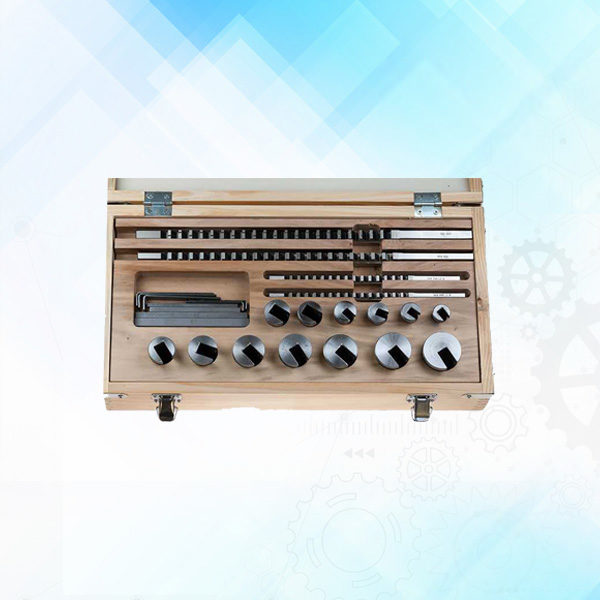“A” Style Broaches are utilized with “A” Style Bushings, “B” Style introduces with “B” Style Bushings, and so on. The littlest Broaches cut in one pass and require no Shim. Numerous pass Keyway Broaches are outfitted with all fundamental Shim(s) unless generally noted. A Shim is required to make up for the thickness expelled following a Keyway Broach’s cutting pass.
The expansion of a Shim to the base of the bushing’s space serves to propel the Broach towards its standard completed the process of cutting profundity. Consequent passes require the stacking of Shims. To guarantee legitimate help the length of cut should never surpass the length of the bushing being utilized. All individual stock Broaches have prescribed Minimum and Maximum Length of Cut rules which ought to be taken after. Workpieces might be stacked to build up the Minimum Length of Cut or to enhance the effectiveness of the operation as long as the Maximum Length of Cut is not surpassed. Appropriate settling and cinching of stacked parts is imperative when this approach is taken. The workpiece must be decidedly settled or settled consummately square with the baseplate and smash confront. Ensure all square and parallel surfaces on the substance of the slam and baseplate stay genuine. It is fundamental to keep up an inflexible set-up constantly and alert ought to be taken while stacking parts to keep up the uprightness of the set-up. Never endeavor to surpass the Broach’s predefined Maximum Length of Cut.
Try not to utilize a dull Broach, this may bring about poor complete or harm to part and expands the peril of breakage. Toward the start of a cut, make certain the Broach is focused under the smash. Legitimate arrangement is critical. After the Broach begins to cut, back off weight on the smash enabling the Broach to focus itself, accommodating better arrangement. In the event that the Broach moves twisted subsequent to beginning cut, back off the weight on the slam and adjusts the suggest itself.


